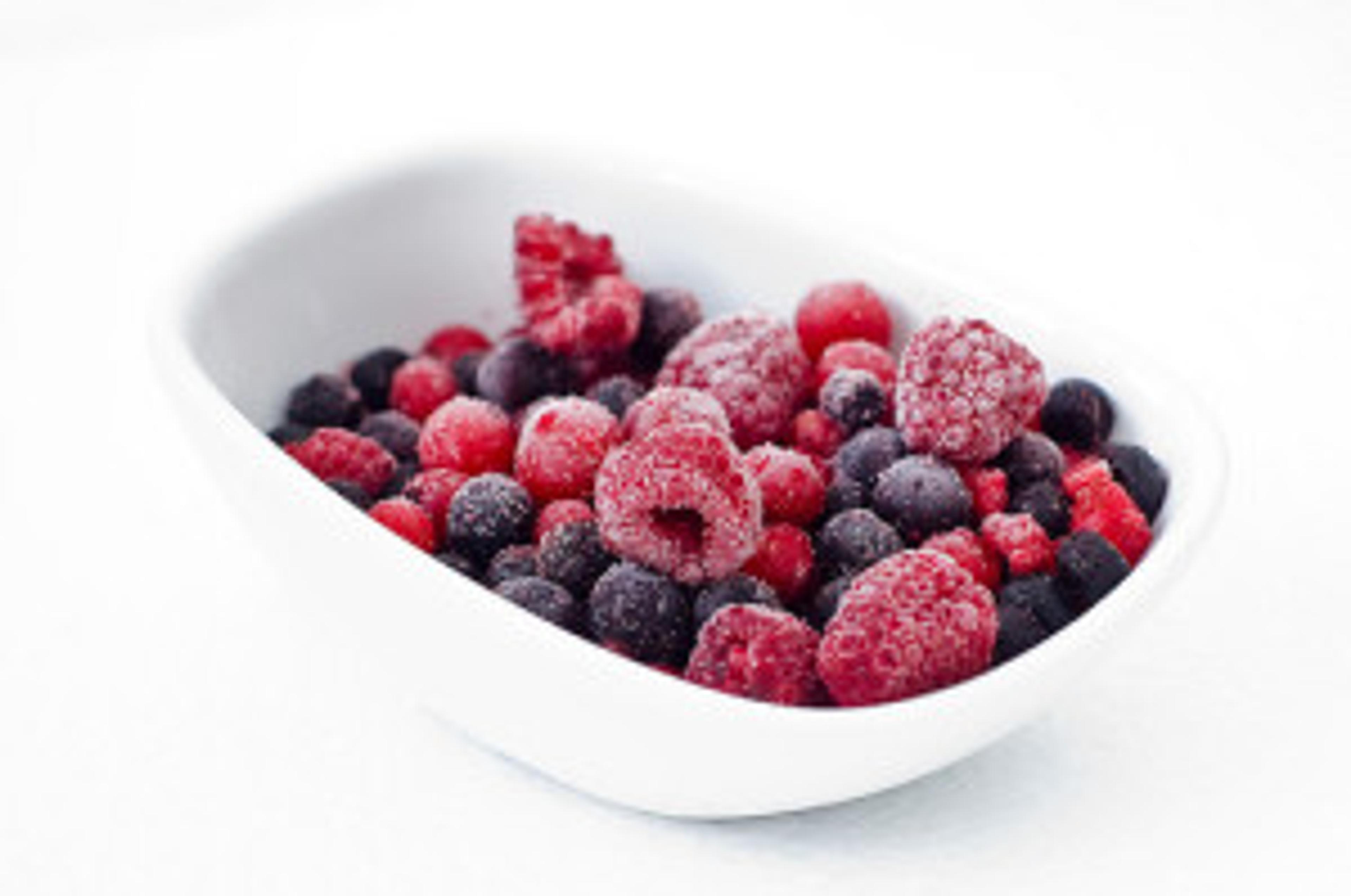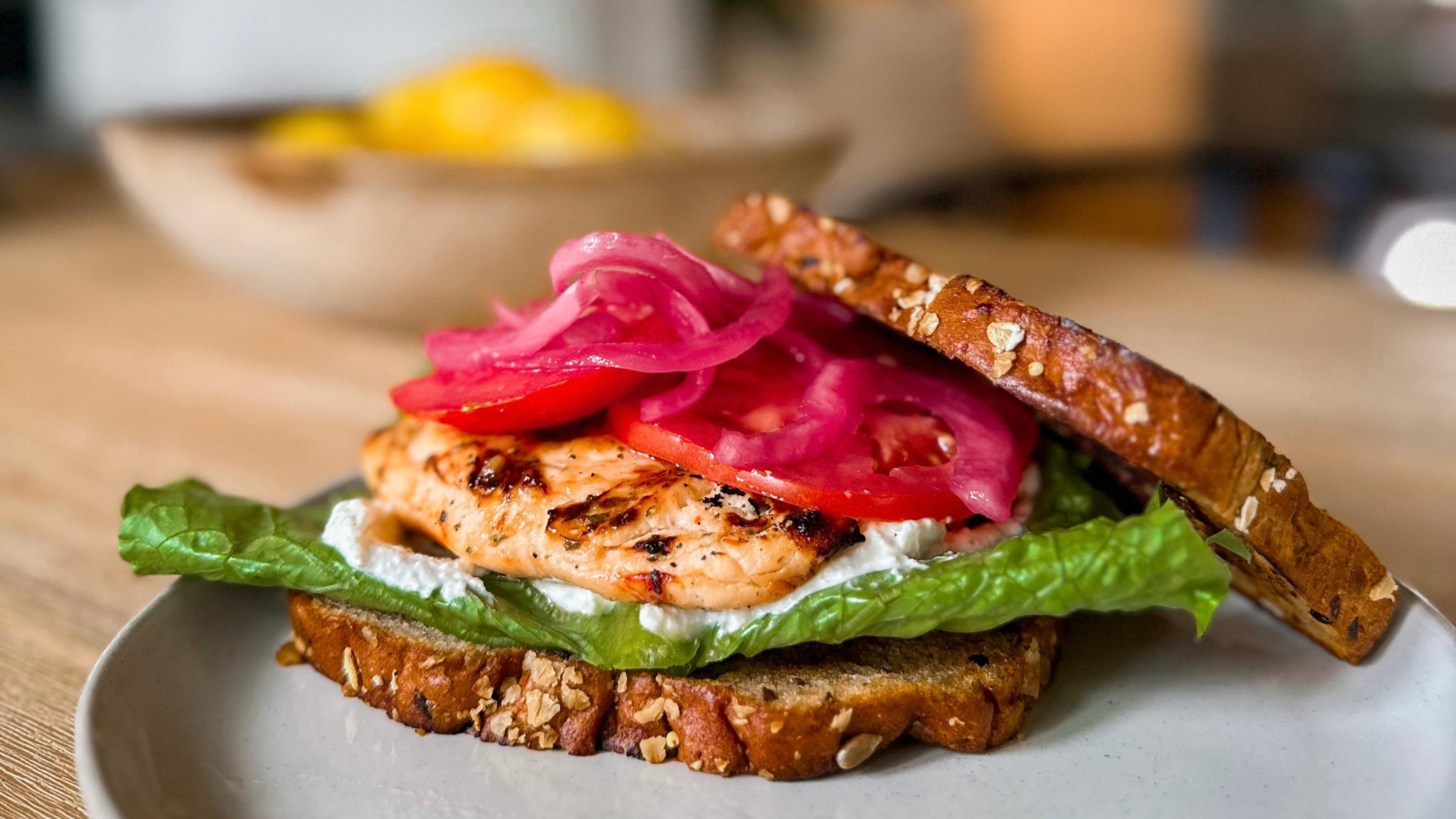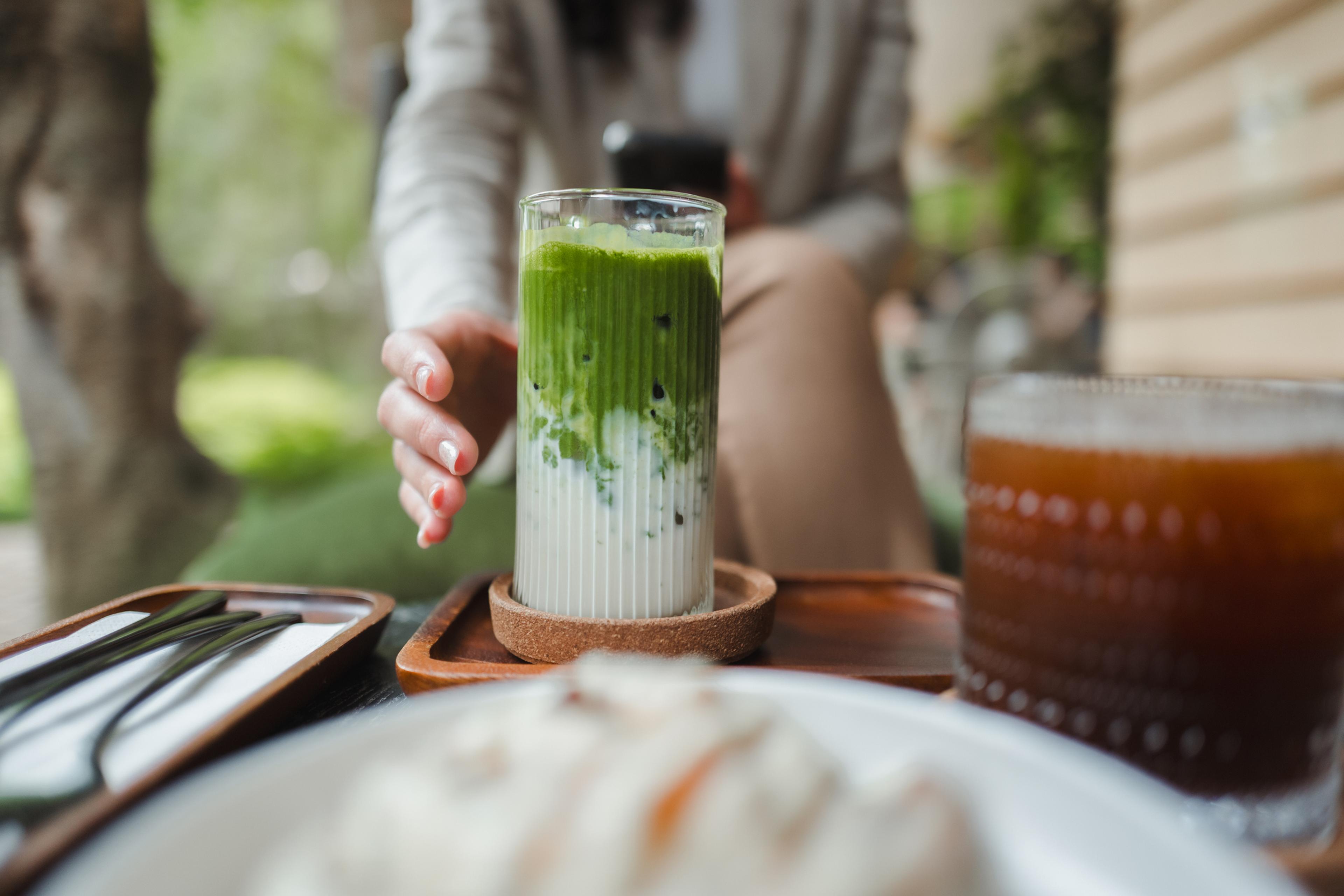Fresh produce verses canned and frozen

Adriane Davis
| 2 min read

Finding fresh produce can be difficult in cold weather, which might have you wondering, how am I supposed to get my daily source of vitamins if I can’t find fresh produce in sub-zero temperatures?
Even on the coldest days, there are still many options for finding healthy fruits and vegetables.
Fresh: When fresh produce is picked, it is plucked off the vine before it reaches its peak to avoid minimal physical damage. For example, a banana is harvested and sent to a grocery store when it is still green, eventually it does get soft and turn yellow but the nutritional content began to diminish the moment it was picked. Fresh is not necessarily better. Your local grocery store may not be providing produce that is truly fresh, this is especially true when things are not in season.
When produce hits grocery store shelves, seemingly ripe, it lacks high vitamin content because it wasn’t harvested at its peak. The best way to ensure the produce you consume is fresh is to buy from local farmers markets, buy produce in season, or grow your own.
Canned: Fruits and vegetables that are canned are harvested when they are in season so they contain high levels of vitamins and minerals. The nutritional value stays the same until the can is opened for consumption. Canned fruits stay high in vitamin content, but often the canning process for fruit involves adding heavy syrups that contain a lot of sugar. If you decide to go with canned fruit be careful, and be sure to get cans low in sugar with light syrup.
Frozen: Frozen produce is picked at the peak of ripeness, sanitized in a hot water bath, and frozen locking in all of the nutrients and vitamins. After the produce is frozen, the nutrients stay sealed in until they are defrosted. The upside to frozen produce is that they can have a higher vitamin content than some fresh produce. Frozen can be an excellent alternative to fresh during the cold season.
Photo credit: Mike Haufe





